She Was Asking For It
Victim blaming and Offender Forgiving
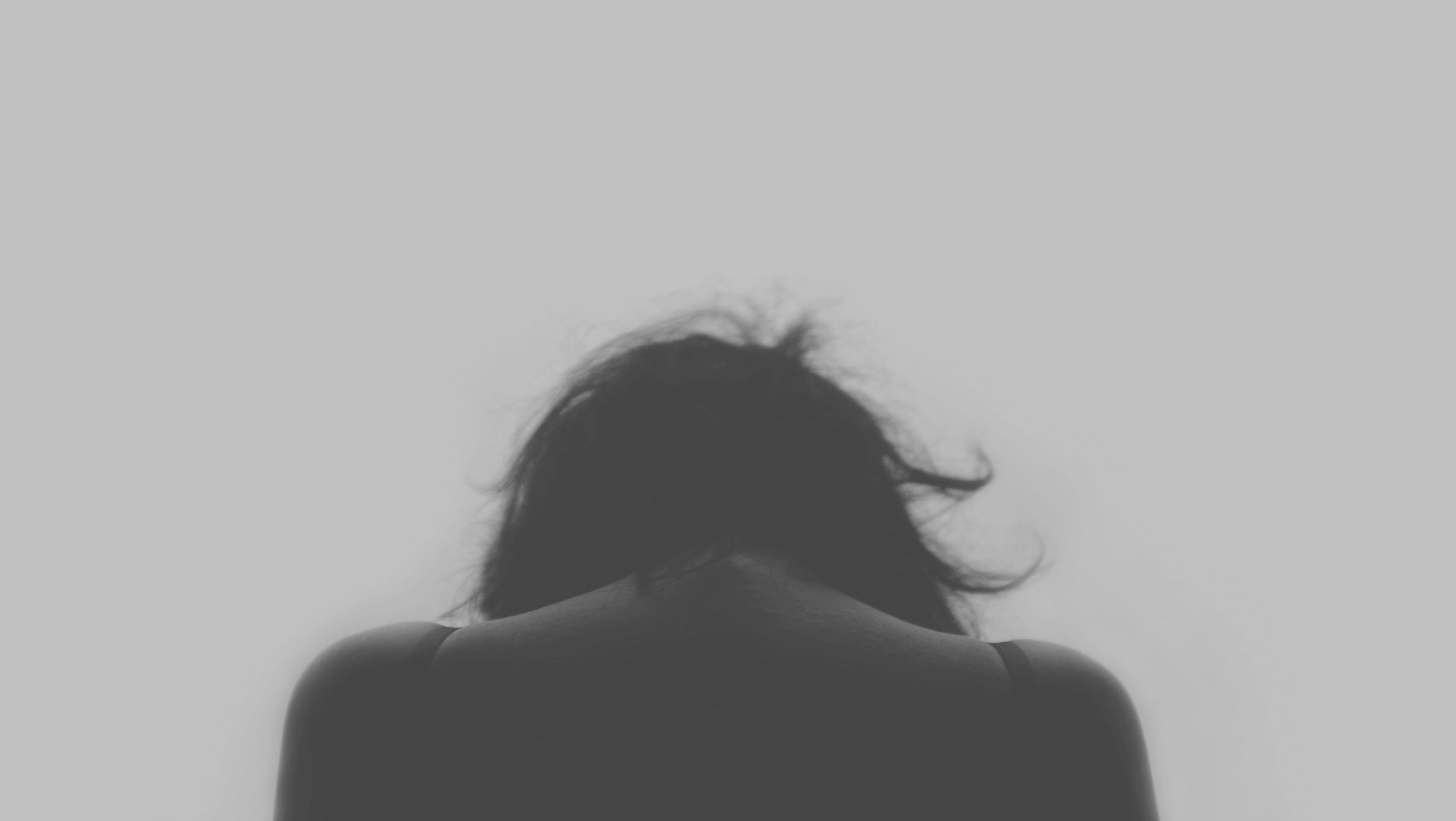

"You had to know what was going to happen"
Whether it’s in day-to-day conversation or in the media, a common response to admissions of sexual assault is a phenomenon called victim blaming.
Victim blaming involves questioning victims of violence — particularly sexual violence — about their actions, and what they could have done to prevent it.
It can be defined as someone saying, implying, or treating a person who has experienced harmful or abusive behaviour like it was a result of something they did or said, instead of placing the responsibility where it belongs: on the person who harmed them (SACE, 2024).
Such language and questioning can unfortunately make a victim feel responsible for what occurred.
Clothing
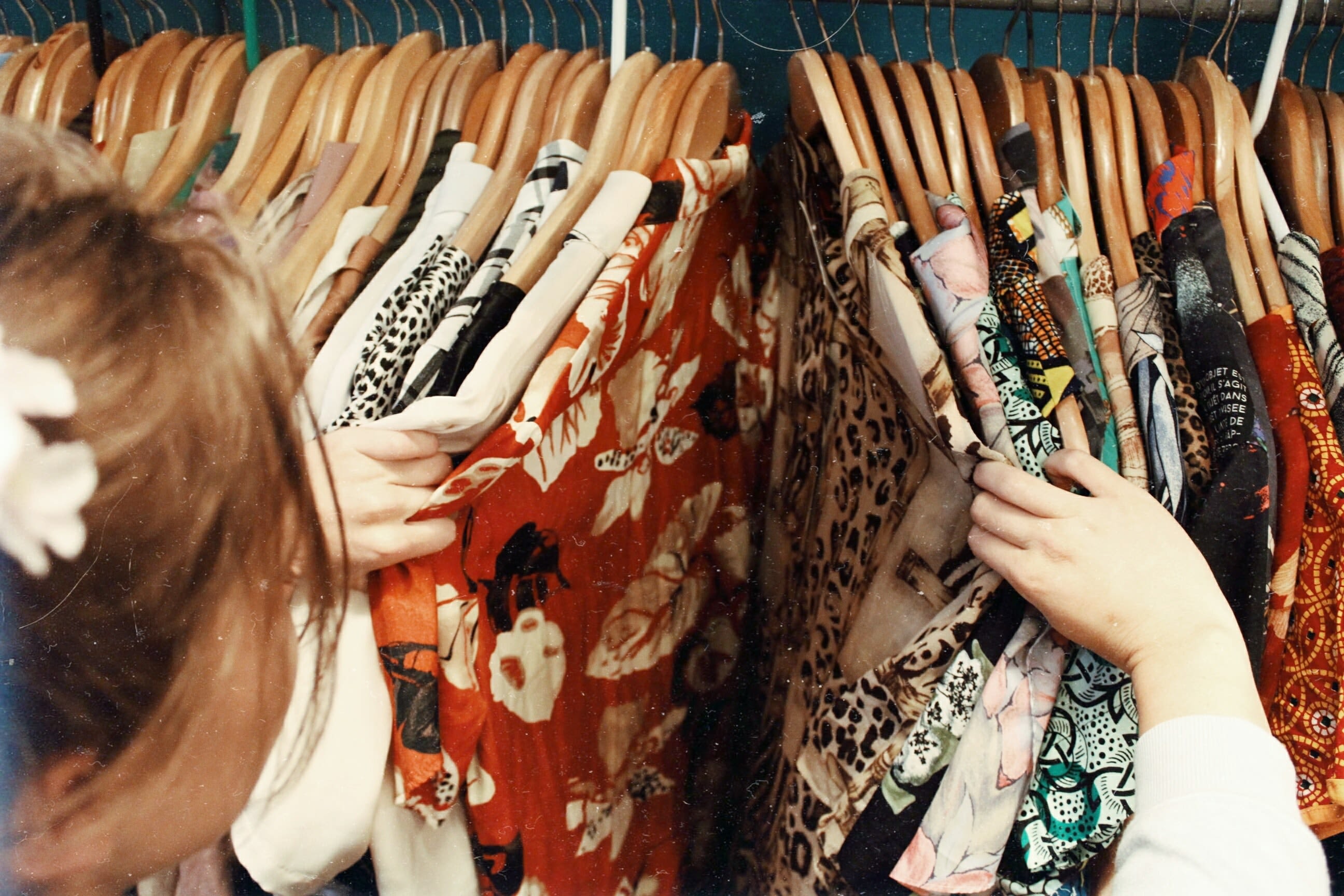
Clothing does not offer any justification for sexual violence, nor does it have anything to do with consent.
In interviews with 114 convicted rapists, researchers found that 13% of the rapists tried to justify their actions and denigrate their victims by invoking the stereotype that women instigate or encourage rape by the way they dress (SACE, 2024).
It is not just the offenders who have this mindset. In courtrooms, rape survivors are often asked things like “well, what were you wearing?” It is a defence lawyers' scapegoat.
For example, a woman who says she was kidnapped and raped in Dunedin faced gruelling cross-examination regarding the length of her dress and the amount of alcohol she consumed. The defence remarked, "The dress barely covers your bottom? ... I am not being critical and I’m not suggesting that anyone could see your bottom, I’m simply exploring" (Cox, 2023). A victim's choice of attire should not be a mitigating factor in rape cases. It should be removed altogether from admissible evidence (Steele, 2019).
Clothing is not a significant factor in sexual violence. It merely serves as a distraction from the real root cause of the problem and a method to try to avoid repercussions by the offender.
Aiming to challenge the idea that specific clothing choices increase susceptibility to sexual misconduct, exhibitions have showcased the variety of clothing worn by victims and survivors of sexual assault at the time of the alleged incidents. The What Were You Wearing exhibit features narratives and re-creations of outfits based on survivors' experiences. This event occurs yearly during Sexual Assault Awareness Month.
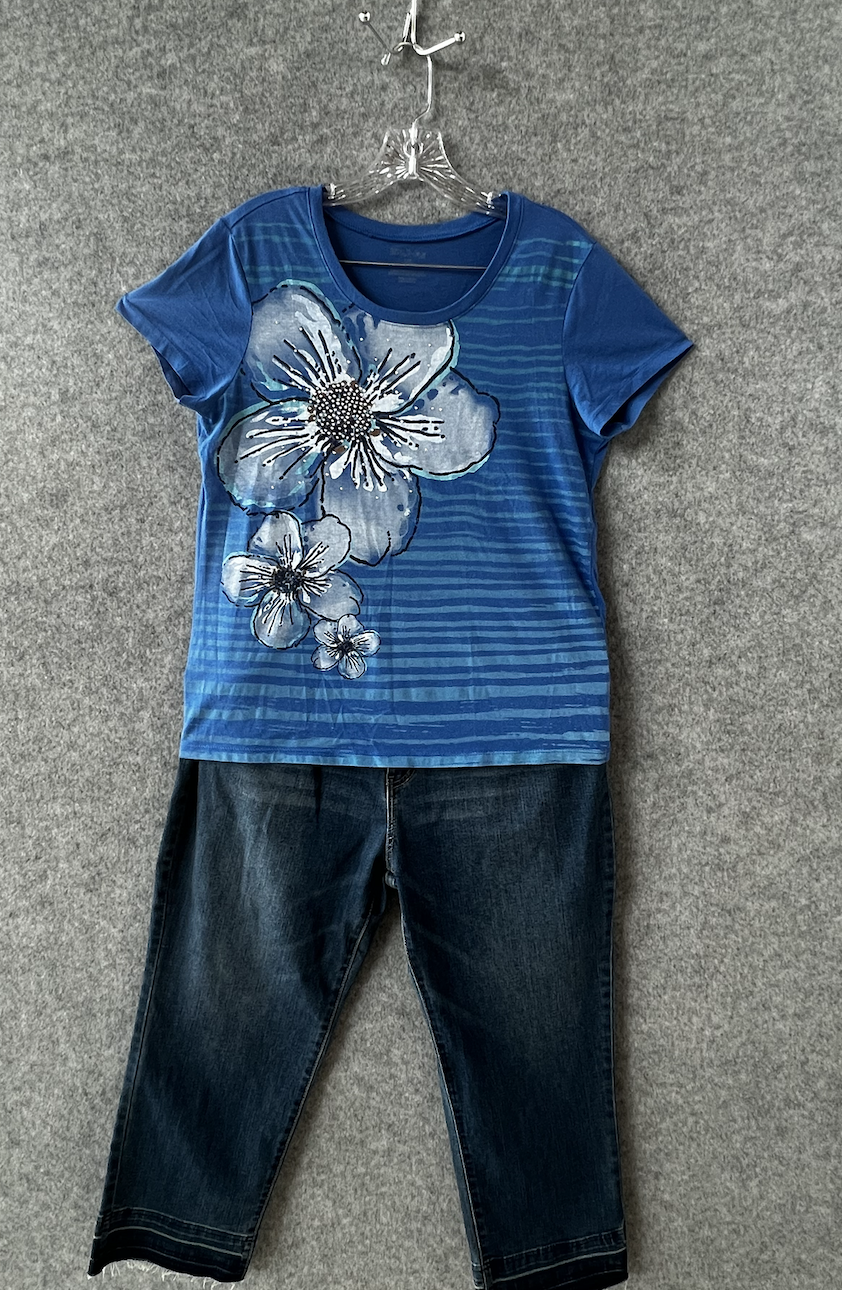
"I was 26, married and raising 2 children. I felt worthless. I went to the wisest person I knew, my father. I walked from my apartment to my mom and dad’s home. I was wearing jeans, at-shirt and athletic shoes. No one was home but my dad. I tearfully told him that I felt worthless and didn’t want to believe I was worthless. He said, “I’ve always felt so comfortable around you. You have always been my cute little girl. I feel so comfortable around you that I want to do something I’ve wanted to do for a long time.” Then he stripped off his clothes and Mormon temple garments and stood naked in front of me. Was it sexual assault? It assaulted my very core, my all that I was. I found out the worst that night, that I really was worthless. Worthless. I didn’t know it was wrong for him to do that, after all, he was such a gentle brilliant man that everyone praised.” (Dove Center, 2024).

"I was wearing a black tank top, jeans, and an oversized Flannel. He was one of my best friends that I trusted with my life. It happened when I was in the middle of falling asleep and he was next to me. I trusted him. I thought it didn’t count because it wasn’t rape cuz maybe I gave him the signal. For a long time, I couldn’t touch anyone without fear spreading over my body. I couldn’t sleep because I could feel it when I closed my eyes. For days after, when I explained it to my friends, I defended him because I thought it was my fault and who wants the sting of your first kiss to be assault? For it to be you were violated? How do you lose a friend like that? I thought I was dramatic when I started self-harming, even now I still think I am. Even though I know assault is never the victim’s fault, every time l think about it, it feels like it was. I lost trust in myself.” (Dove Center, 2024).
Some victims even experience blame from individuals in their own personal circles. Teachers, priests, family members—can all play a role in perpetuating this narrative.
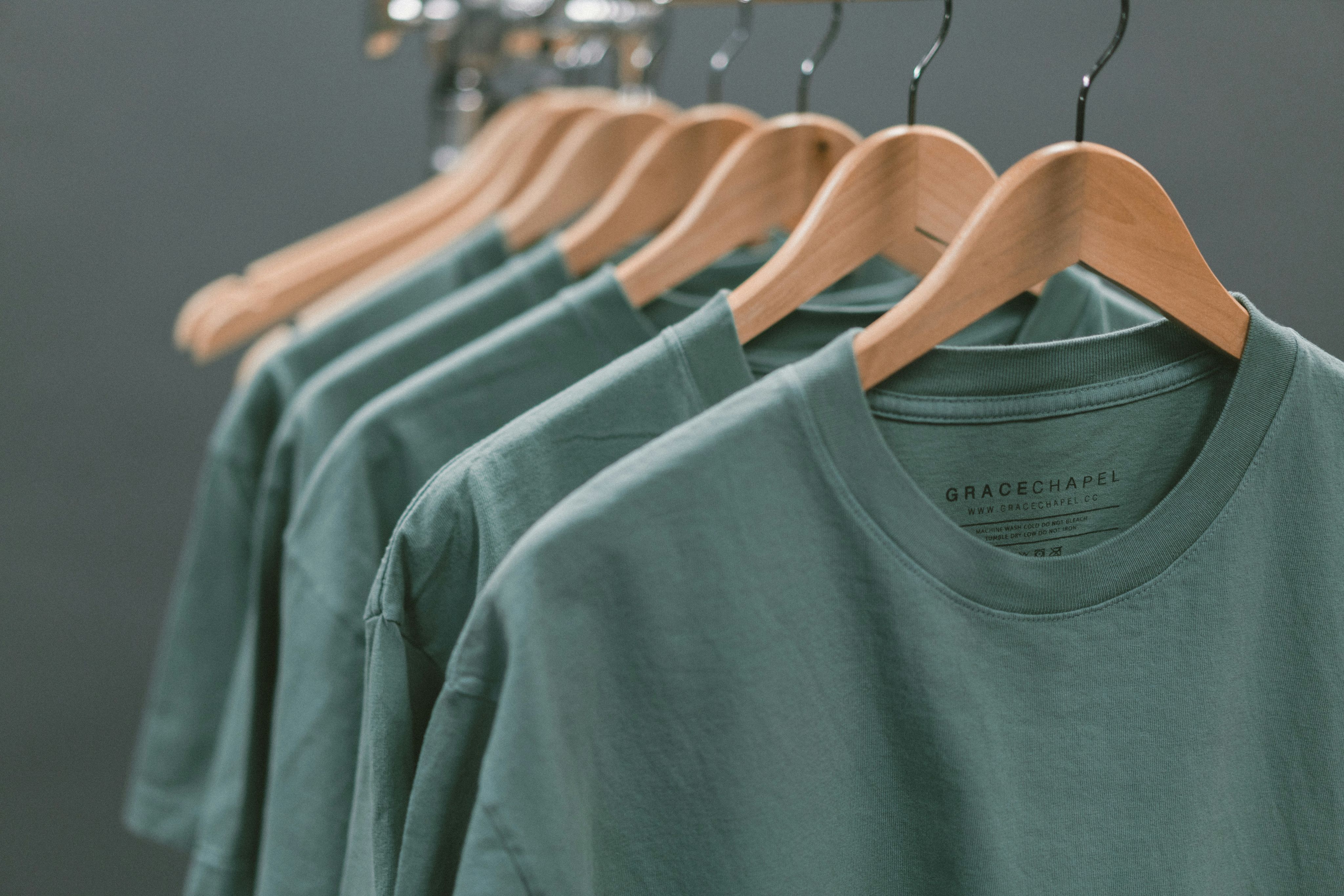
Photo by Keagan Henman on Unsplash
Photo by Keagan Henman on Unsplash
Dress Codes
In schools, dress codes reinforce rape culture and victim blaming through blaming females for distracting their male classmates. Female school students are prevented from wearing anything that is cropped, has thin straps, or is not an 'appropriate length'.
Authoritative Figures
Preacher, Dallin H. Oaks, puts the blame on victims when he tells his congregation, “Let us all improve our personal behaviour and redouble our efforts to protect our loved ones and our environment from the onslaught of pornography."
Alcohol Consumption
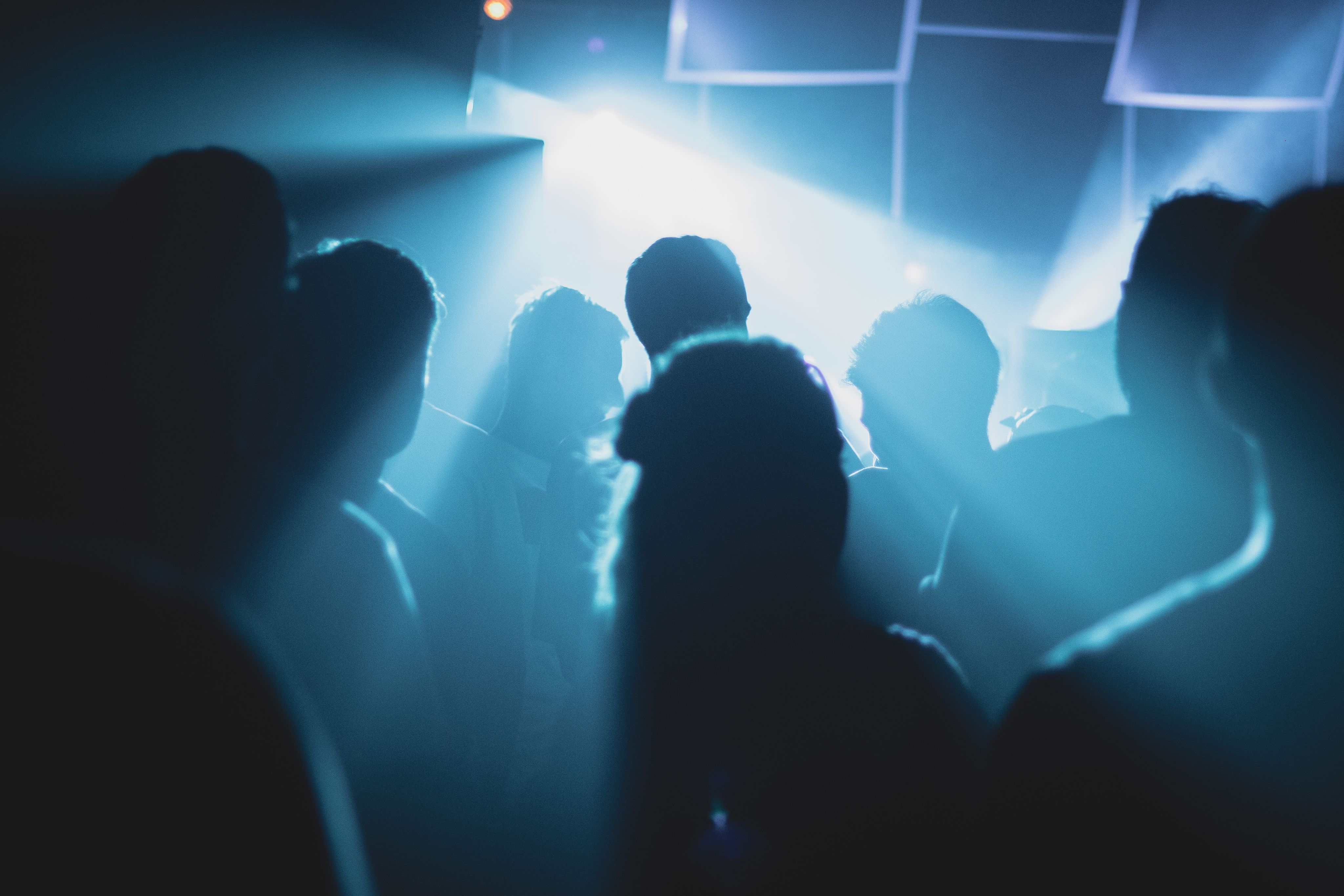
Intoxicated female victims of rape are likely to be blamed or assigned responsibility for their rape.
(SACE, 2024).
Alcohol consumption is often a topic in discussions about women's safety, as intoxicated female victims of rape are often blamed or assigned responsibility for the assault.
This blame is a result of societal attitudes and sometimes even official sources.
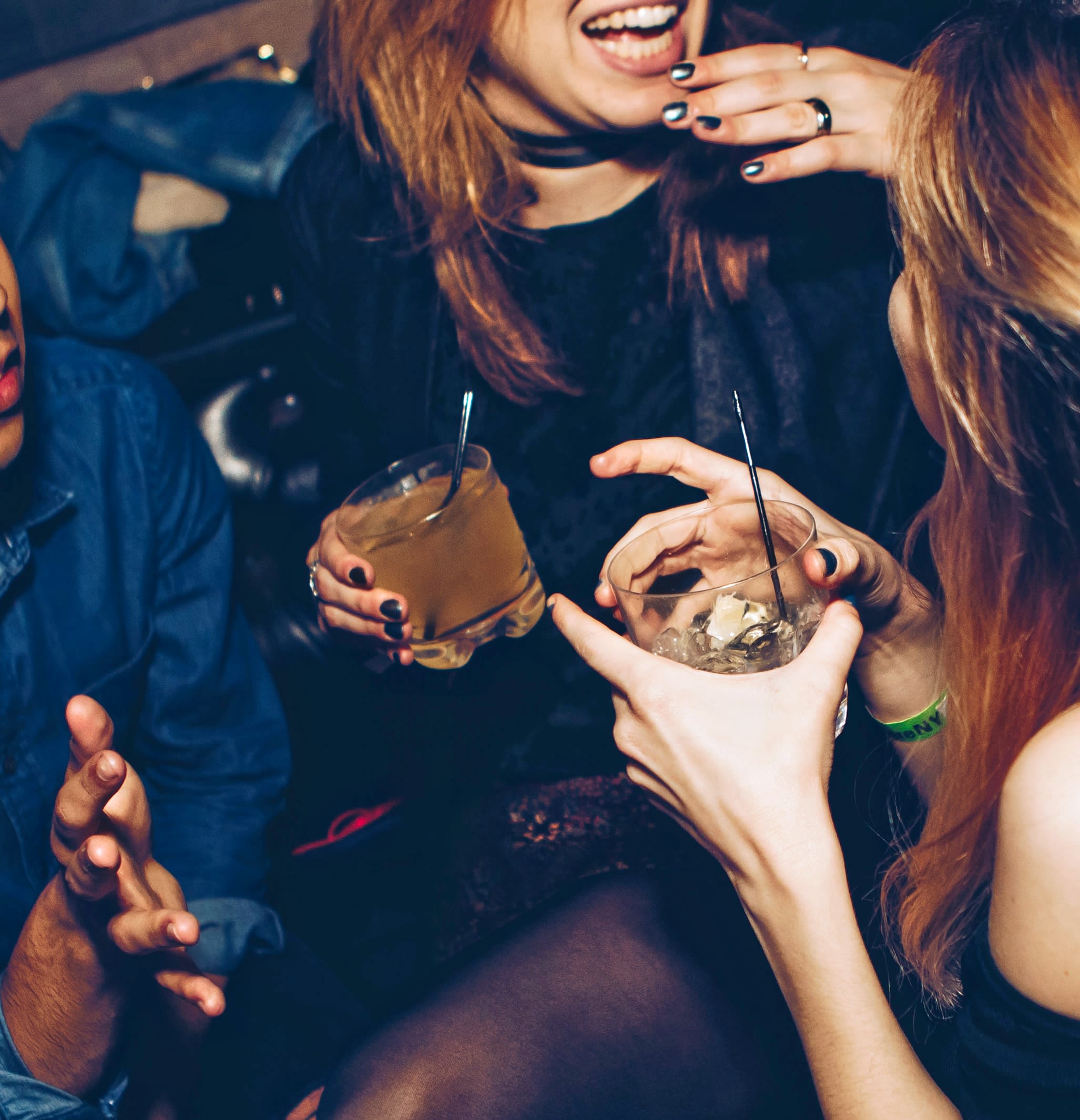
Photo by Michael Discenza on Unsplash
Photo by Michael Discenza on Unsplash
For example, up until recently, a section on the New Zealand Police website titled "Alcohol - stay safe when going out," conveyed a troubling message. It warned, "Excessive drinking can impair your judgment and make it easier for an offender to take advantage of you" (NZ Police, 2023). The piece also highlighted that, "Alcohol is the most common drug used to assist sexual assault. Someone could also add a drug to your drink without you knowing, an action called drink spiking. This is rare, but it can happen" (NZ Police, 2023).
This police advice, with the intention of safety, actually puts the burden on young women to prevent sexual assault. It reinforces victim-blaming, unfairly shifting the blame onto the victim and again suggesting that women are responsible for their own safety. In this case, through reducing their alcohol consumption to minimise the risk of harm.
Stay Vigilant

In a world where safety feels like a luxury, women constantly feel like they need to watch their backs. Whether it’s deciding to walk home or just going about their day, they're on high alert.
Women are taught to carry keys, keep their phones charged, stick to well-lit areas and with a group of people. Even the simple act of walking home at night becomes a calculated risk. Society has ingrained these ideas that a women's safety is their own responsibility which has resulted in a constant state of hyperawareness.
However, it’s not just about physical safety, women must think about everything from what they wear to where they go. There is a pressure to avoid anything that might “attract” trouble, as if something does happen the victim often finds the blame on them. Questions such as ‘what were you wearing?’ or ‘why were you out so late?’ are asked as if it was their own fault for being in the wrong place at the wrong time.
To be clear, the ones to blame are the people who commit violence, not the victims. No level of vigilance can get rid of the threat of harm. It is not the women’s job to go about life in fear of potential dangers, but rather the responsibility of society to stop the systems that sustain this culture of fear within women.
Grace Millane
Grace Millane was a British tourist who tragically lost her life by the hands of Jesse Shane Kempson in Auckland, December 2018. During the three-week trial the defence counsel, instead of focusing solely on the perpetrator, began digging into Grace's personal life and sexual history as a means for explanation of the crime.
They spun this narrative around the idea of 'rough sex,' claiming Grace had supposedly asked her attacker to engage in BDSM-like activities, referencing '50 Shades of Grey.' suggesting that somehow, Grace was involved in her own death.
“She begged for ‘50 Shades of Grey’ sex.”
(Knarston, 2024)
Throughout the trial, the defence's tactics sparked outrage about consent, victim-blaming, and the treatment of women in the criminal justice system. By focusing on Grace Millane's sexual history and preferences the blame was shifted away from her attacker and created harmful stereotypes about women and their sexual agency.
The repetition of victim-blaming is seen through time, going back to the case of Sophie Elliott in Dunedin, 2008. Like Grace, Sophie was a young woman whose life was cut short by the hands of someone she once trusted – her ex-boyfriend and tutor, Clayton Weatherston. However, after Sophie's murder she was described as "very forward" and "self-destructive," while her killer was portrayed as "pretty vulnerable" and "very calm." (Knarston, 2024).
These cases serve as important reminders of the fixed biases and systemic injustices that are present within society. They highlight the urgent need to eradicate victim-blaming cases and situations and holds perpetrators accountable for their actions. Until then, the cases of Grace Millane and Sophie Elliott's will act as haunting reminders of the work to be done in the interest of justice and equality.


When we blame the victim, we let the offender off the hook.
Over 90% of sexual assault cases are not reported, but when they are, most of these reports will not progress through the criminal justice system to a conviction. For sexual violence reported in 2020, over 2 years 42% of these resulted in court action, 12% resulted in conviction and 7% resulted in prison (Ministry of Justice, 2019).
Cultural attitudes and rape myths influence the perception of sex crimes. For instance, some believe that if a victim didn't exhibit visible signs of violence, such as bleeding or screaming for help, the crime wasn't severe enough to justify significant punishment. Another myth is the notion that "nice guys" couldn't commit such acts. People may assume that individuals with good reputations and charming personalities are incapable of rape if they don't fit the stereotype of being visibly predatory. In some cases, individuals with power, influence and resources can navigate the criminal justice system to get let off easy, such as celebrities, wealthy men and or people with connections.
When courts prioritise the offender's reputation and future over the harm the victim has experienced, it leaves the victim with a sense of injustice. this prioritisation reinforces victim blaming, undermines trust in authorities, discourages future crime reporting, and compounds the victim’s emotional isolation and trauma.
The justification of sexual violence with the phrase "boys will be boys," suggests that male aggression, sexual misconduct, and inappropriate behaviour are simply typical aspects of boys' development. For many males, disrespectful attitudes towards females are completely normalised, creating an environment where sexual assault is perceived as less severe or even dismissed as not "real" rape. This normalisation occurs due to the casual and careless nature of hookup culture in contemporary society.
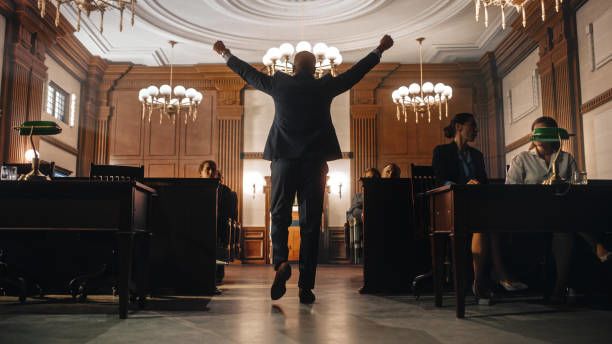
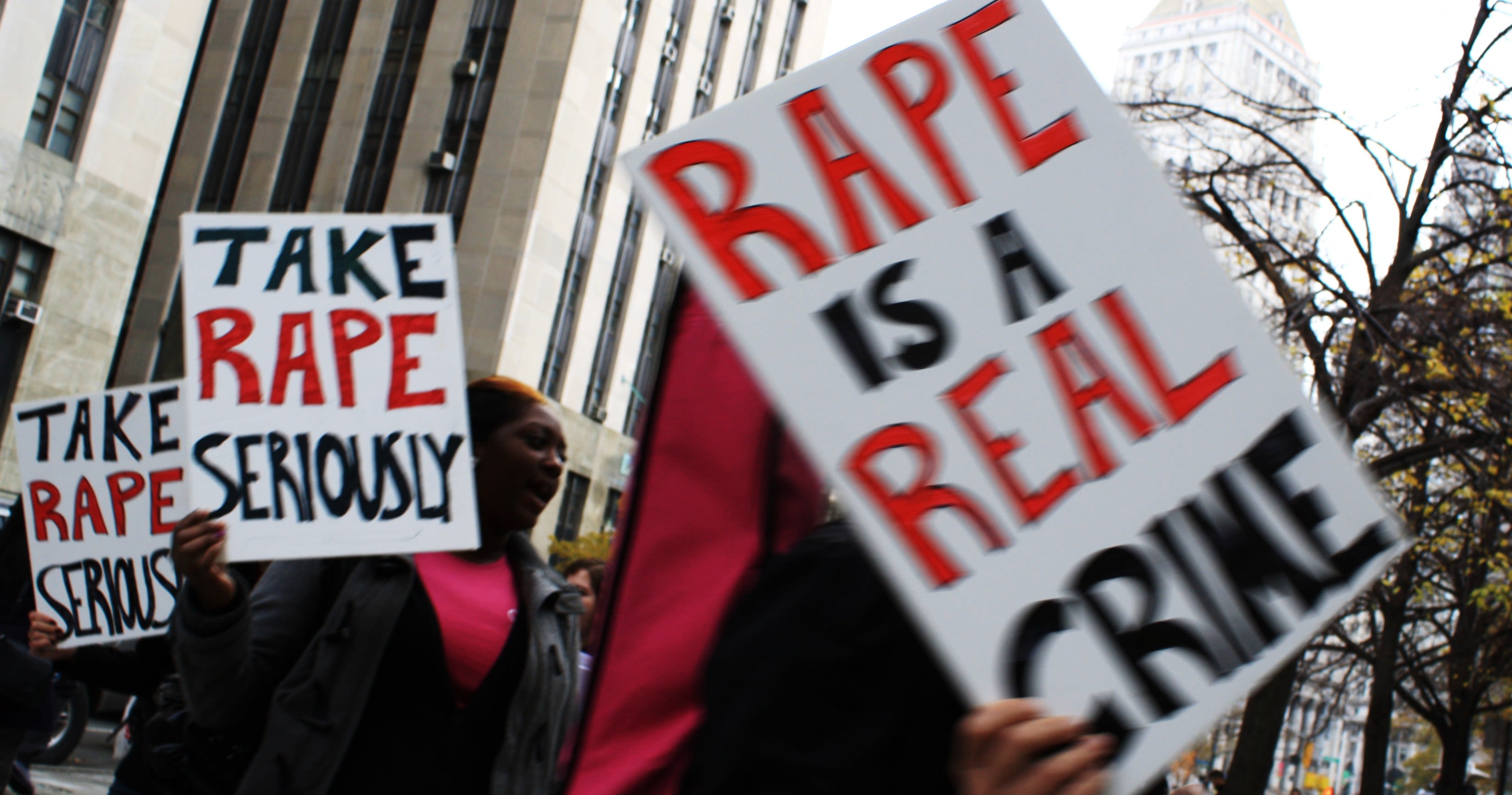
Brock Turner
Brock Turner was a Stanford university student and athlete who was convicted of sexually assaulting an unconscious girl.
He was found guilty on three counts yet only served 3 months in prison.
The judge’s reasoning noted that a longer sentence would have a severe impact on Turner’s potential future, implying the lighter sentence was justified by the need for protection of his reputation and career opportunities (Williams, 2016).
There was a significant public outcry in the aftermath of this decision, highlighting a larger societal problem where sexual assault has become so normalised that legal authorities prioritise the interests of offenders.
Simply, we place more value on the offender's future, than the victim's past.

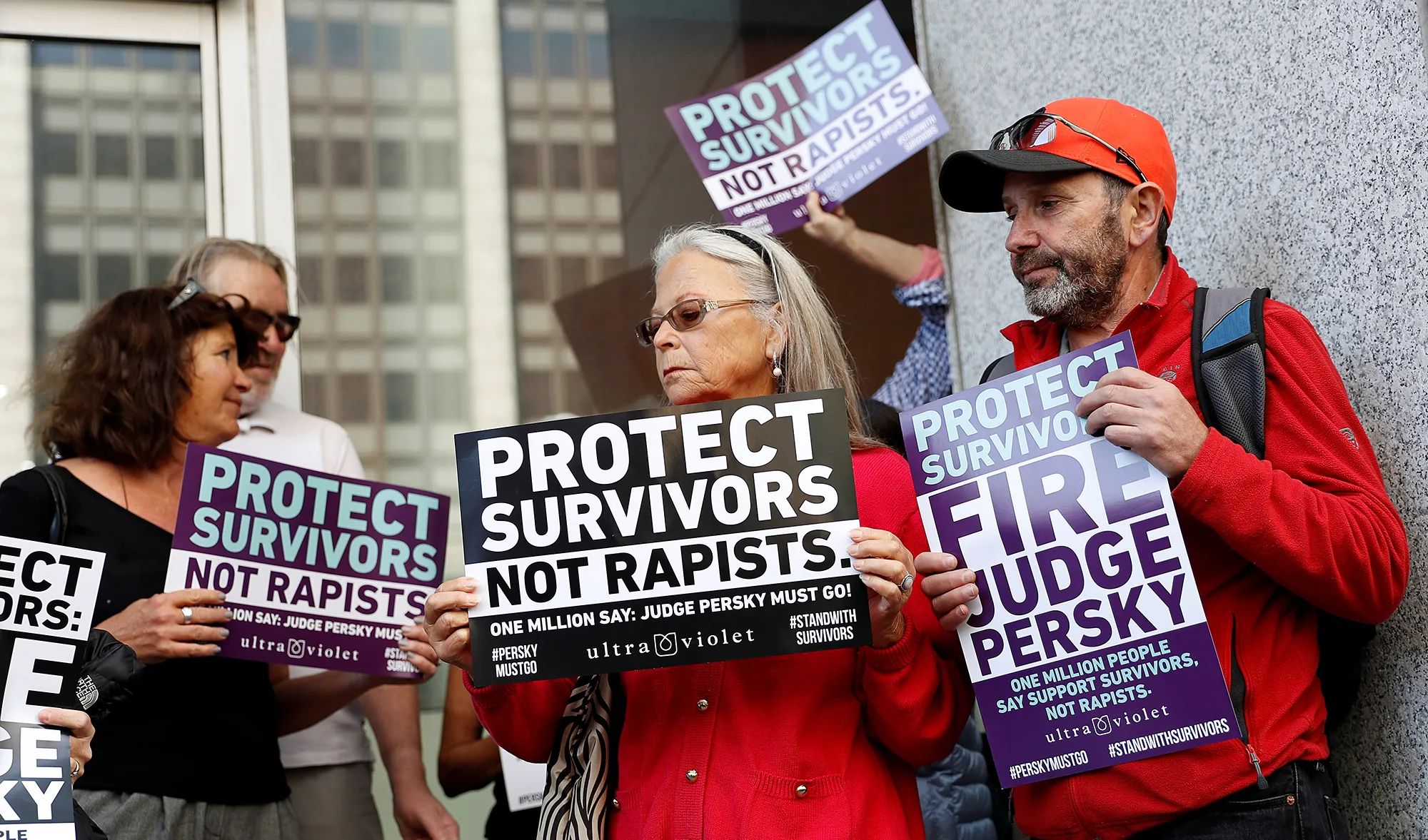
Far too often we make victims responsible for the actions of their offenders.
From our examples, it is clear that victim blaming perpetuates a harmful narrative, shifting responsibility away from perpetrators and onto victims.
By focusing on irrelevant factors like clothing choices or alcohol consumption, society diverts attention from the real issue: the actions of the perpetrators. This not only undermines victim’s experiences but also creates an environment where sexual violence is normalised and excused.
The case of Grace Millane serves as a stark reminder of victim blaming culture present within the criminal justice system. Until victim blaming is eradicated and perpetrators are held fully accountable, justice and equality will remain mutually exclusive.
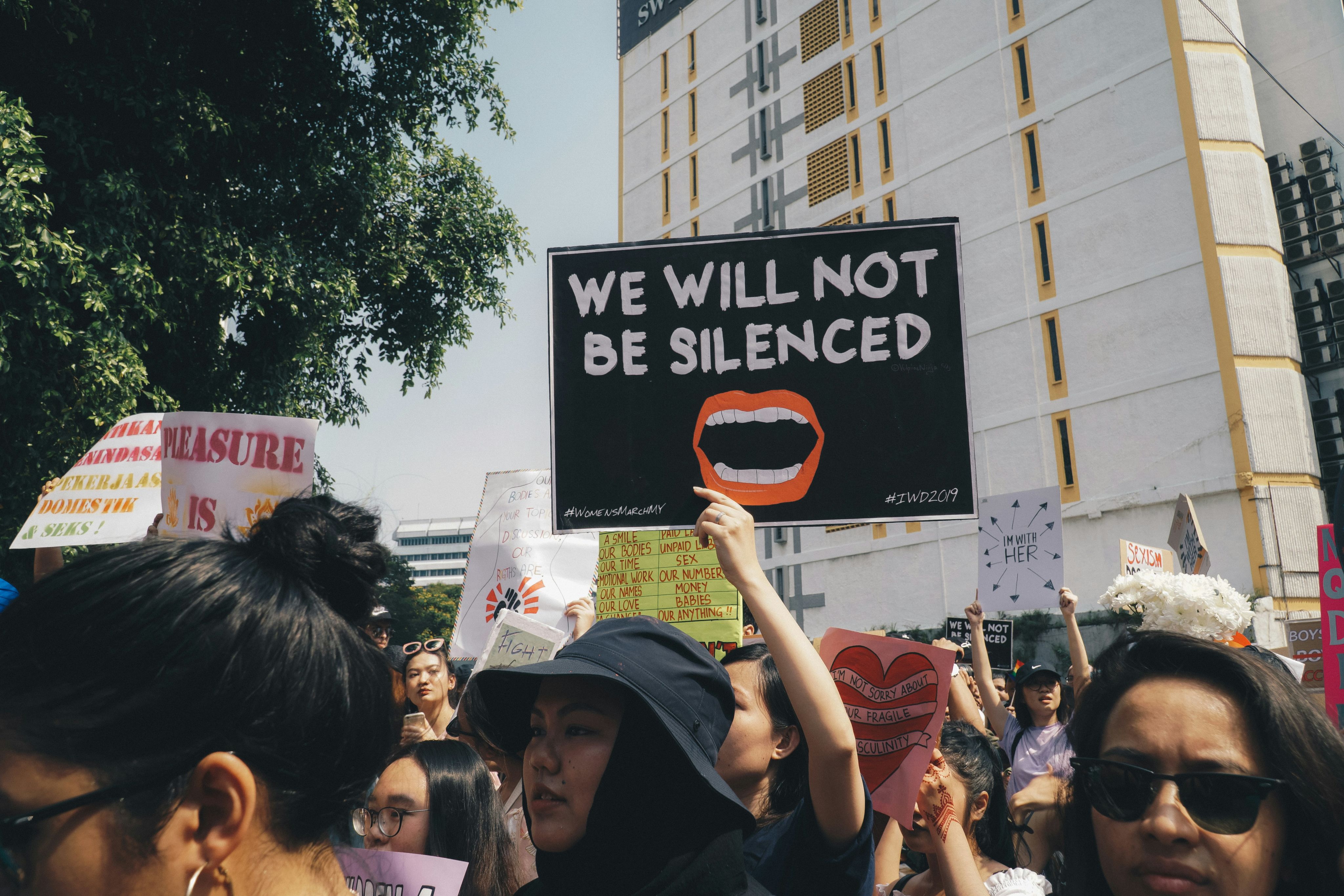
Photo by Michelle Ding on Unsplash
Photo by Michelle Ding on Unsplash
By putting the blame back onto the offenders, we can create a safer society for our victims.
Reference List
Cox, E. (2023, August 23). Defence probes dress length in rape case. Otago Daily Times. https://www.odt.co.nz/news/dunedin/crime/defence-probes-dress-length-rape-case [Accessed 27th April 2024] .
Dove Center. (2024). What were you wearing exhibit. https://dovecenter.org/what-were-you-wearing-exhibit/ [Accessed April 29th 2024].
Knarston, F. (2022). The media needs to address its victim blaming. Newsroom. https://newsroom.co.nz/2022/03/09/the-media-needs-to-address-its-victim-blaming/ [Accessed 1st May 2024].
Lennon, T., Lennon, J., & Johnson, K. (1993) Is Clothing Probative of Attitude or Intent - Implications for Rape and Sexual Harassment Cases. Minnesota Journal of Law & Inequality. https://scholarship.law.umn.edu/cgi/viewcontent.cgi?article=1412&context=lawineq [Accessed 27th April 2024].
Steele, M. (2019). She was asking for it. Medium. https://medium.com/anti-anti-science/she-was-asking-for-it-e40a12dde7c7 [Accessed 24th April 2024].
Mau, A. (2019, November). The New “She Asked For It”. Stuff. https://interactives.stuff.co.nz/2019/11/grace-millane-trial-victim-blaming/#article [Accessed 24th April 2024] .
Ministry of Justice. (2023). Progression and attrition of reported sexual violence victimizations in the criminal justice system. https://www.justice.govt.nz/assets/Documents/Publications/Progression-and-attrition-of-sexual-violence-victimisations-through-the-criminal-justice-system-2017-to-2023.pdf [Accessed 26th April 2024] .
New Zealand Family Violence Clearinghouse. (2017). Data Summary: Adult Sexual Violence. https://nzfvc.org.nz/sites/nzfvc.org.nz/files/DS5-Adult-Sexual-Violence-2017.pdf [Accessed 22nd April 2024] .
New Zealand Police. (2023). Alcohol – stay safe when going out. https://www.police.govt.nz/advice/drugs-and-alcohol/alcohol-stay-safe-when-going-out [Accessed 20th April 2024] .
Sexual Assault Centre of Edmonton. (2024). Victim Blaming. https://www.sace.ca/learn/victim-blaming/ [Accessed 20th April 2024] .
Williams, M. (2016). Brock Turner's victim has dreams and a future, too: Sympathy for convicted sex offender is grossly misplaced. Salon. https://www.salon.com/2016/06/07/brock_turners_victim_has_dreams_and_a_future_too_sympathy_for_convicted_sex_offender_is_grossly_misplaced/ [Accessed 26th April 2024].
https://www.tiktok.com/@whatmiadidnext/video/7358024737915817217?is_from_webapp=1&sender_device=mobile&sender_web_id=7366066743184295432 [Accessed 5th May 2024].
https://youtube.com/clip/UgkxDwidPjYgqo791VfKk_KcBnBcnfgPp5pc?si=ptnt6v9Q7_I89hC0 [Accessed 5th May 2024].